Additional Serial Ports
Menu path: Setup > Devices > Printers > TCP/IP > Additional Serial Ports
TCP/IP printers on additional serial ports
→ Click on to add TCP/IP printers to the list.
A mask with the following settings options will open:
Activate TCP/IP printer on this interface
☑ Maps the interface defined below in a TCP/IP port.
☐ Disabled (default)
Device name: The printer can be connected to one of the following connections, provided that they are available on the device:
USB COM1
USB COM2
Perle COM1
Perle COM2
Data are forwarded bidirectionally at serial interfaces. This means that other serial devices such as barcode scanners or scales can be operated too.
Search for devices...: Opens a dialog allowing you to select the device file. 3 device files are available for each device; the Designation column shows the type of device file:
(GENERIC) [device designation]: Generic type. The name of the device file ends in a consecutive number which depends on the boot procedure or the order of insertion. Example:
/dev/ttyUSB0(BY PORT) [device designation]: According to USB port. The device file is in the
/dev/usbserial/directory. The name of the device file ends in the number of the USB port that the device is plugged into. Example:/dev/usbserial/ttyUSB_P12(BY USBID) [device designation]: According to USB ID. The device file is in the
/dev/usbserial/directory. The name of the device file ends as follows:_V[Vendor ID]_P[Product ID]. Example:/dev/usbserial/ttyUSB_V067b_P2303
TCP/IP port number: Port on which the interface is to be mapped (default: 9100).
Poll criterion: Criterion according to which the interfaces are mapped.
Always: Maps constantly without polling.
DSR (M1): Maps only if the relevant line is set by the serial device.
DCD (M5): Maps only if the relevant line is set by the serial device.
Poll frequency: Amount of time between polls (default: 1 sec)
Speed: Input and output speed (default 9600 baud).
Parity: Parity bits that are to be used. Possible values:
None
Even
Odd
Stop bits: Use up to two stop bits. (default: 1)
Word width: Sets the number of bits used per byte.
5
6
7
8
Use RTS/CTS flow control
☑ Hardware flow control will be used.
☐ Not used (default)
Use XON/XOFF flow control
☑ Software flow control by sending start/stop signs will be used.
☐ Not used (default)
Use DSR flow control
☑ Hardware flow control with DSR for output will be used.
☐ Not used (default)
